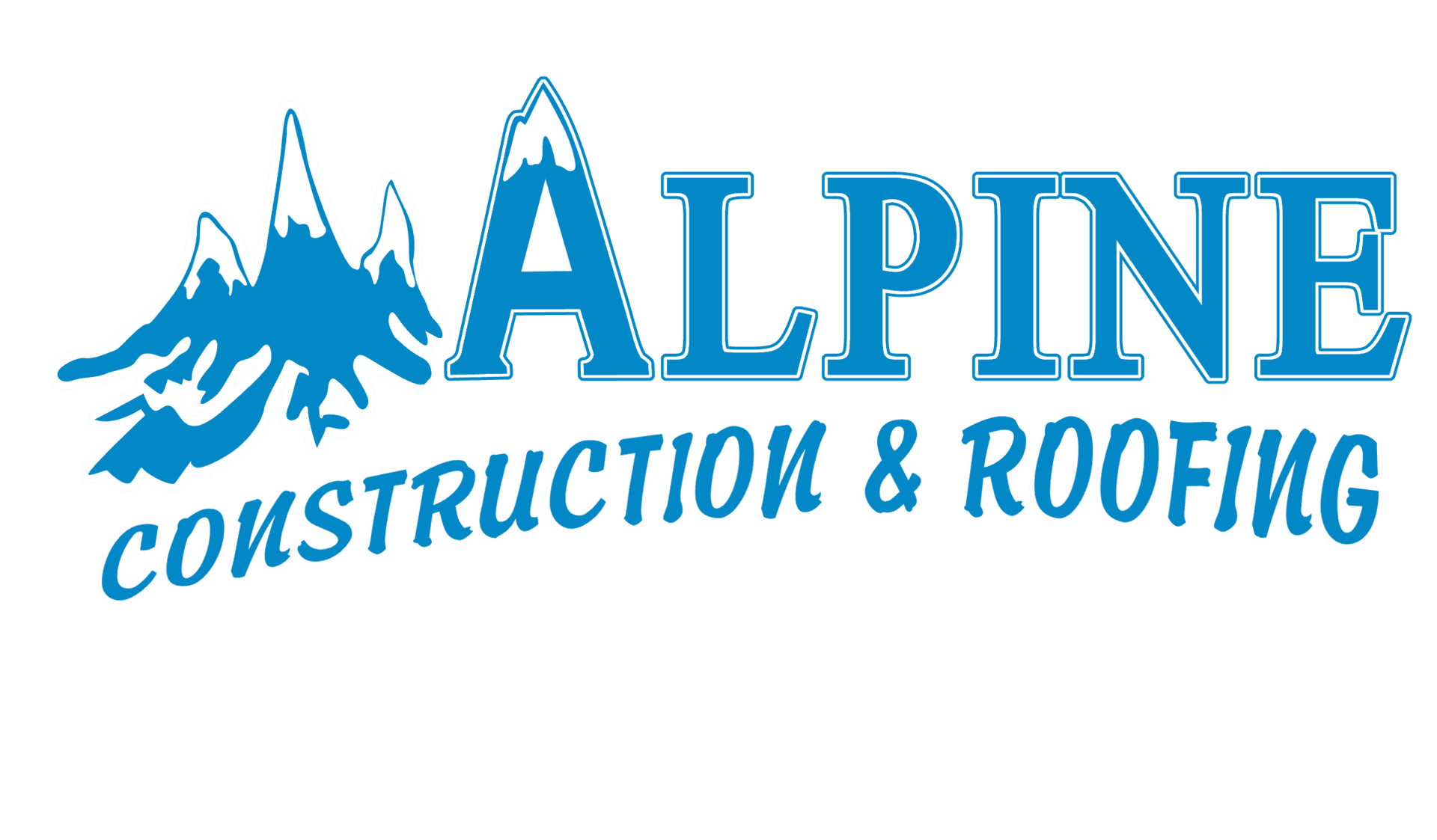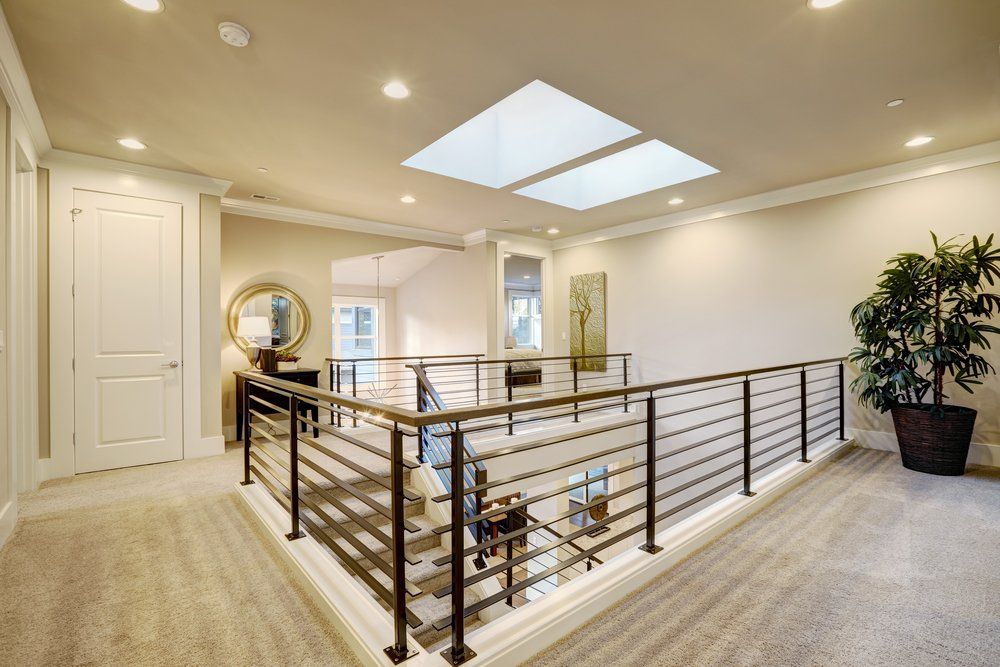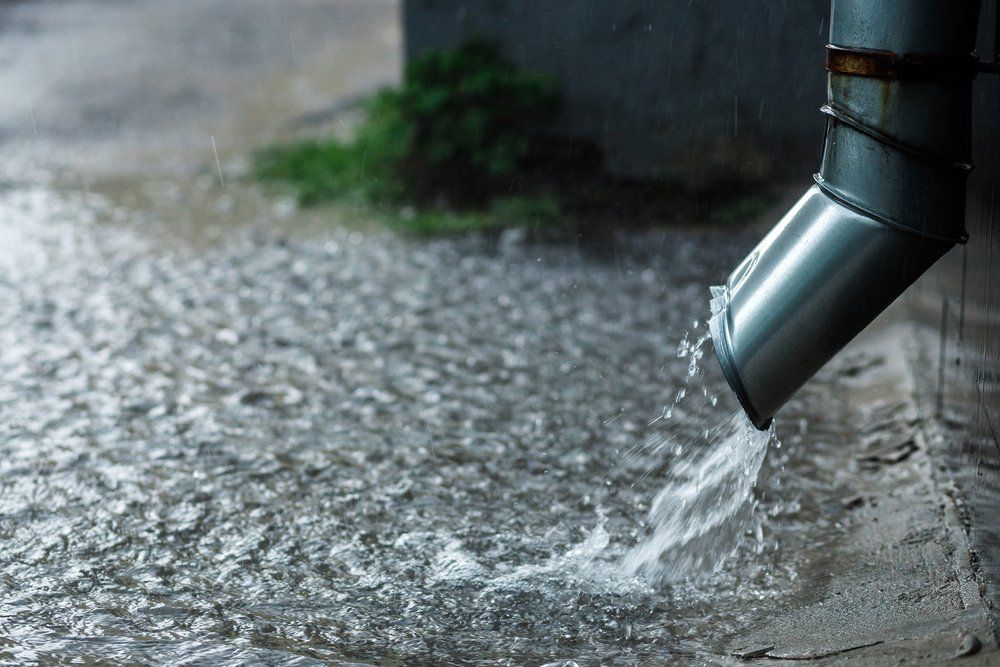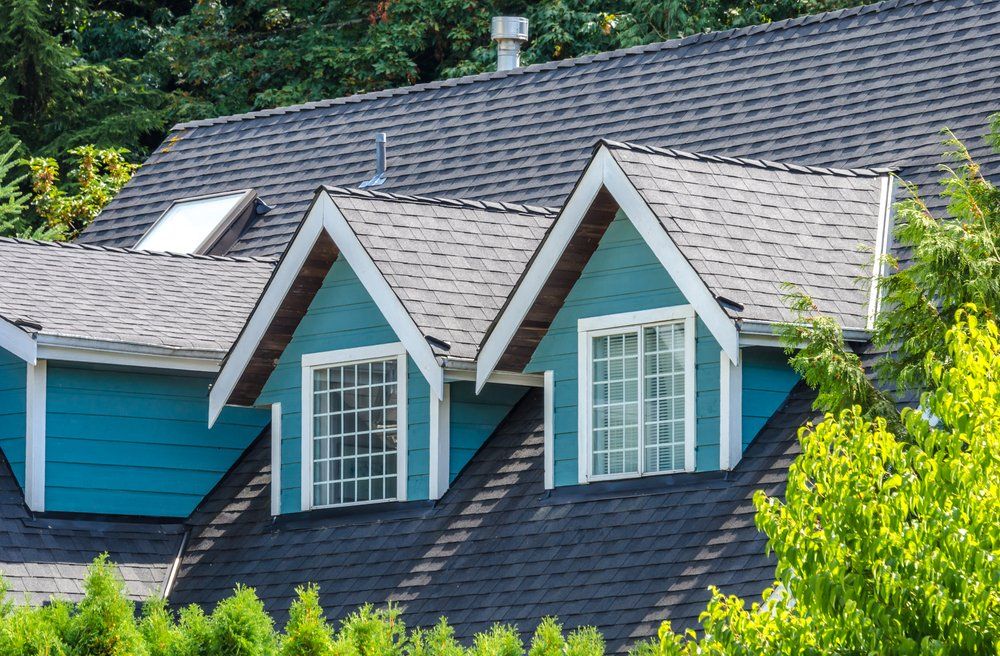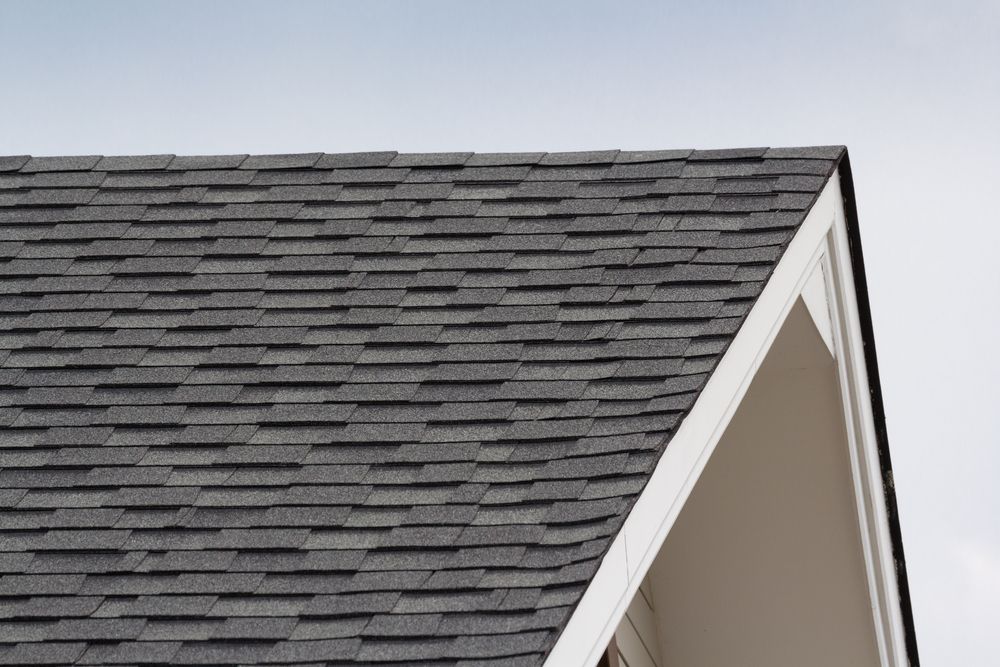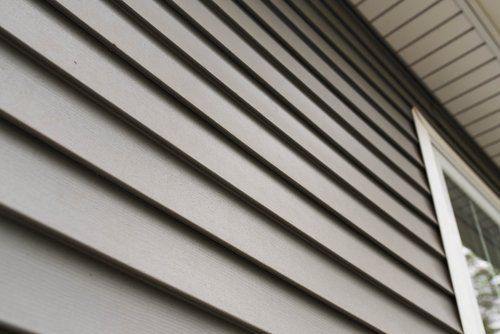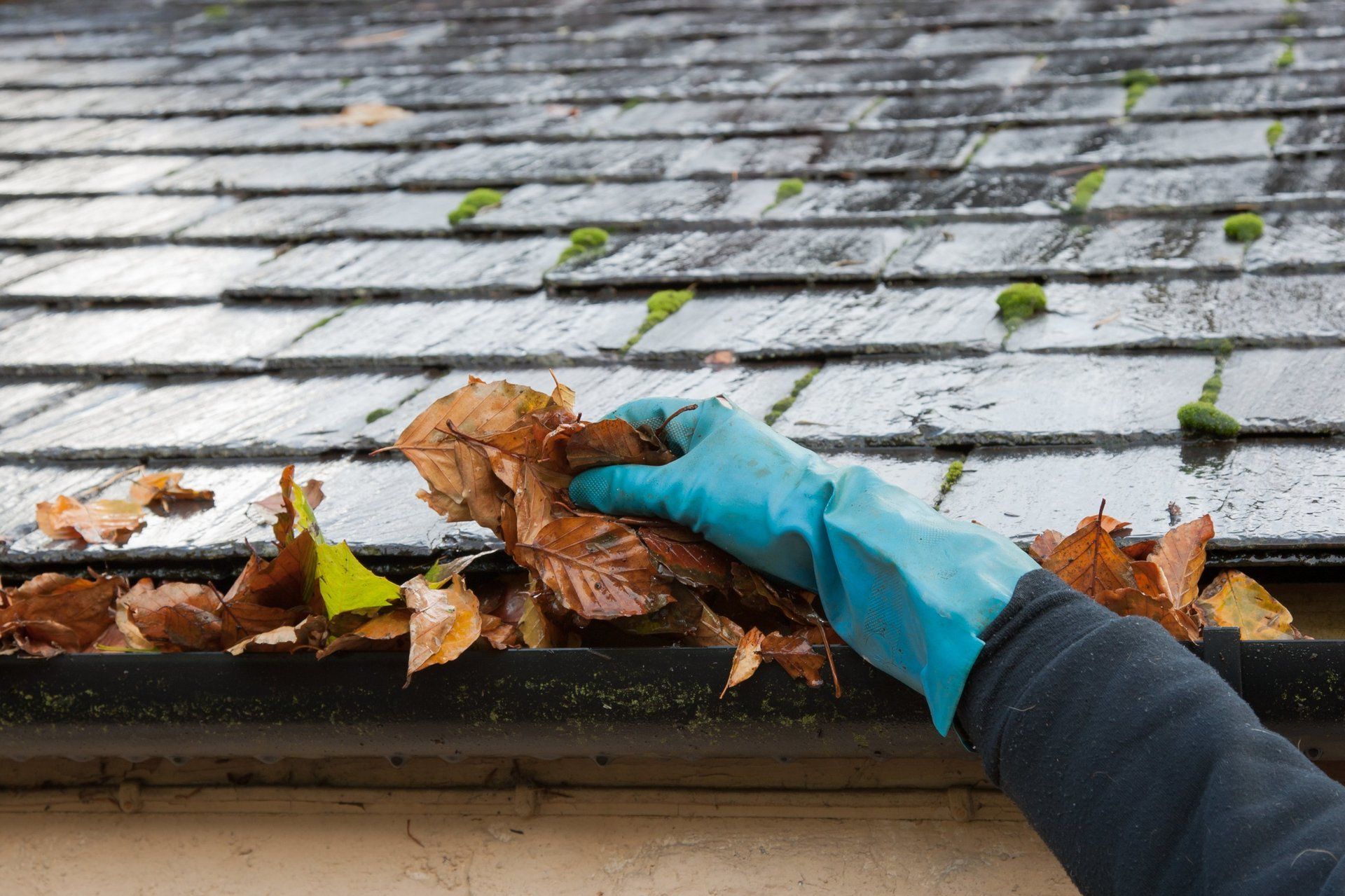What's the Purpose of Roof Flashing? Why is it Important?
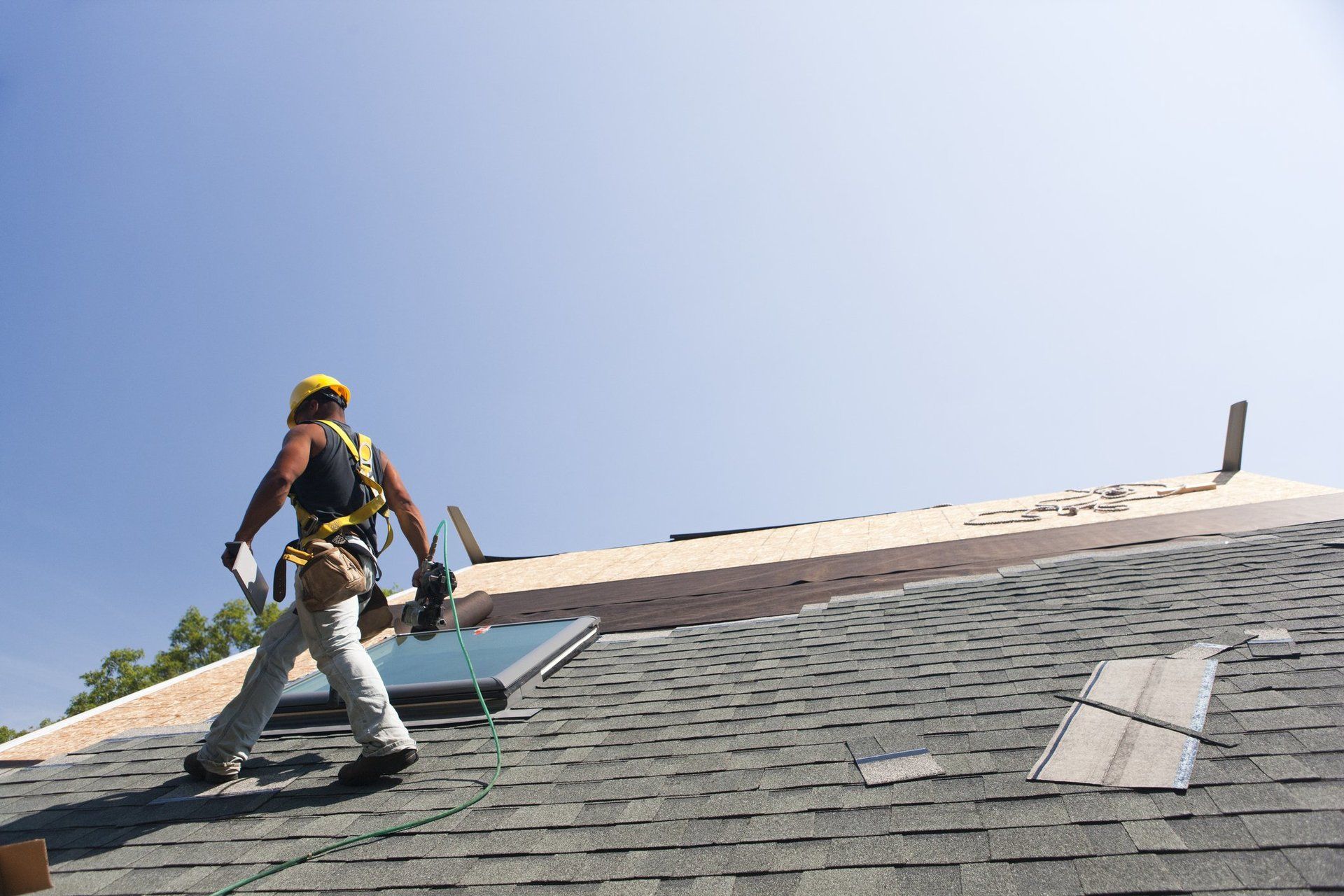
Believe it or not, underlayment (also called roof felt) and shingles are not enough to protect your home from the elements. While these components do provide some weatherproofing for your home, they do not adequately shield the weaker parts of your roof from water buildup or inclement weather such as snow, sleet or hail. Flashing provides extra waterproofing so no water seeps into the wood of your roof, down into the walls or inside your home.
Why Do I Need Flashing?
You should never skip flashing to cut costs. Without flashing, your roof may suffer significant structural damage, allowing for water leaks or buildup in your home. If the damage is extensive enough, it could compromise the structural integrity of your home or lead to dangerous mold growth that endangers your family’s health by subjecting them to allergies, asthma attacks and respiratory infections. In some cases, flashing has the added benefit of keeping climate controlled air inside your home, saving you money on your heating or cooling bills.
What Is Flashing Made Of?
Ideally, you want roof flashing to last a long time, resist degradation and keep water out of your home. Thus, the strongest types of roof flashing are made from metal, particularly galvanized steel, copper and aluminum. Galvanized steel is the most effective, but also the most expensive. Copper is perfect for blending with copper rooves, and aluminum is a favorite among DIYers because of its malleability.
Homeowners also have the option to use rubber or plastic for roof flashing. While rubber is fireproof and can reduce the noise of rain hitting the roof, it doesn’t tend to last as long as metal. Plastic is another economical choice, but it tends to warp under sunlight.
What Are the Types of Flashing?
Different areas of your roof will require different types of flashing. Though the terminology can be a bit confusing, it helps to remember that the names reference the way in which the flashing is applied to the roof. Here are just some of the many flashing terms:
· Step flashing – Step flashing is meant to protect your home from rainfall that runs down the side of a vertical structure, such as a chimney or dormer window. Metal step flashing looks like rectangles bent into an L-shape. One half of the sheet lays flat on the roof and is nailed through the shingle into the roof deck. The other half extends vertically up the wall and is meant to divert rainwater onto the main plane of the roof, rather than letting it fall down the crevice. Step flashing is alternately overlapped with shingles for best results.
· Counter flashing – Counter flashing overlaps base flashing and is sealed to a wall to ensure the area is totally waterproof. Otherwise, water could seep behind the base flashing and into the roof or wall. (Remember that step flashing, for instance, is not nailed into the wall because it must move with your home’s expansion – counter flashing is responsible for covering that weak point.)
· Kick-out flashing – This angled piece is typically used in conjunction with step flashing at the bottom edge of the roof. It helps redirect water runoff directly into the gutter.
· Apron flashing – Unlike step flashing, which is used on the sides where a wall meets the roof, apron flashing is often used in the front of dormer windows and other walls. Apron flashing acts almost like a slide where water runs down the front face of the window or wall, then across the roof.
· Continuous flashing – In contrast to step flashing, continuous flashing is one solid piece of flashing, not many individual rectangles.
· Cricket flashing – This flashing forms a pyramid shaped bump in the roof and is usually installed on the back of a wide chimney. Essentially, it diverts the water stream to the left and right of the chimney, rather than letting it pool along the flat back surface.
Where Does Roof Flashing Go?
Roof flashing must be installed anywhere that your roof may be vulnerable to water buildup and leaking. In other words, flashing goes anywhere the slopes of your roof meet or anywhere a wall intersects the roof.
· Valley – This is the groove where two slopes of a roof meet. Flashing must be installed here so the water can run down the groove and off the roof.
· Drip edges – These work with the side and bottom edges of your roof (rakes and eaves). Along the rakes, this flashing goes over the waterproof felt layer, whereas it goes under this layer at the eaves. Good drip edges ensure water flows away from the walls of your house and down into your gutters .
· Chimney – Chimneys are a huge obstacle for water flow and intersect roofs at many different angles. Thus, they require many different types of flashing, such as apron/base/continuous flashing in the front, step flashing up both sides, cricket flashing in the back and counter flashing to ensure a waterproof seal.
· Skylight – Most skylights come pre-made with continuous flashing. However, a professional might also install separate flashing along the top and base and step flashing along the sides.
· Dormer window – Dormer windows are those that protrude from the roof to create extra room in the home. Since they intersect the roof vertically, they must have step flashing along the sides and base/apron flashing in the front.
· Hood vent – This is a vent with a cap on the top. Above the hood vent, the flashing goes under the shingles. Below the hood vent, the flashing is visible above the shingles.
· Pipe vent/flue – This flashing is shaped like a cone to slip around the pipe vent perfectly and has a rectangular flange along the bottom that’s visible over the shingles.
Have New Roof Flashing Installed in Spokane, WA
While some may be tempted to install roof flashing on their own, this is really a job for the professionals, especially if you don’t have any background in roofing or construction. Your roof is responsible for protecting your entire home, so you don’t want to cut corners here!
Alpine Construction has been serving the Spokane area for more than 30 years. We are fully licensed, bonded and insured and are committed to completing quality projects that meet your expectations. Our contractors provide a variety of roofing services , including preventative maintenance, inspections, installations, repairs, roof windows, skylights, sun tunnels and venting. Call us at 509-448-8099 today for your free estimate!
